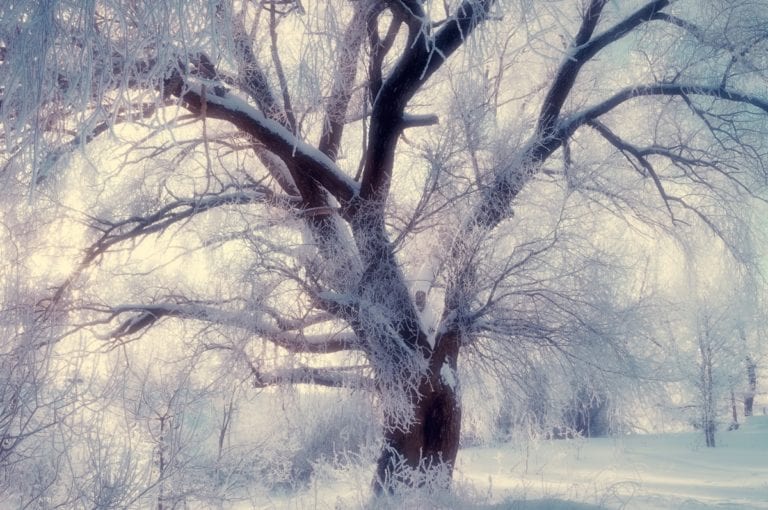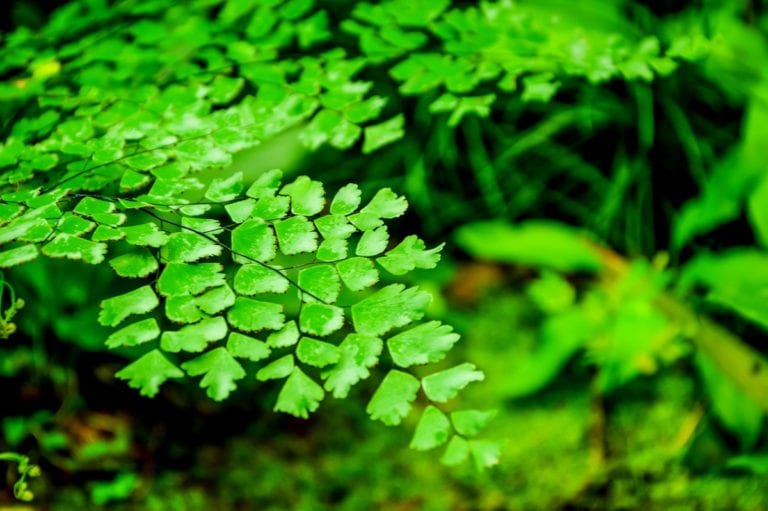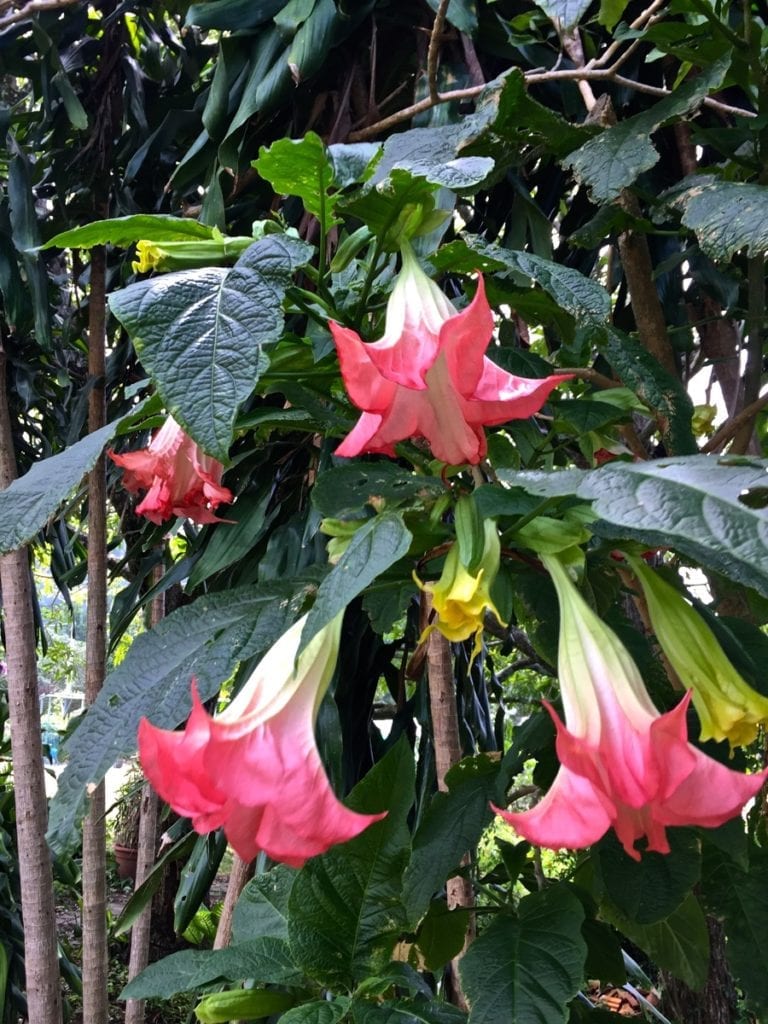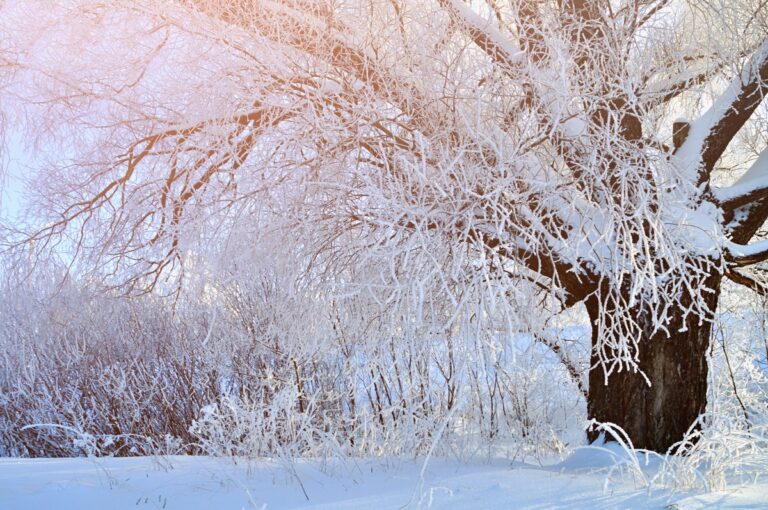October 2018 Meditation
If you prefer a meditation with visual images, here’s the YouTube link to the October meditation:
Meditations, experiments, books and guided meditations to assist with nourishing spirituality, healing childhood wounds, and living more consciously.
Meditations, experiments, books and guided meditations to assist with nourishing spirituality, healing childhood wounds, and living more consciously.

If you prefer a meditation with visual images, here’s the YouTube link to the October meditation:

With the recent passing of Ram Dass, I am even more aware of something I read in his most recent book, “Walking Each Other Home”. A practice he took on and used every day touched me when I read the book, and I have taken it up as a regular practice of mine. I would like to share it with you. At the moment, I can’t remember if he used this mantra in conjunction with his breathing, but he constantly repeated the words “I am loving awareness.” I mentally say it to myself on the out-breath.
What touches me powerfully about this statement is how it automatically orients me to my heart awareness, which is something that our world desperately needs at this time. I’ve mentioned many times that we affect our environment all the time, whether we intend to or not. As you move through your daily activities, where you place your attention impacts both your internal quality of life and the quality of our collective human consciousness. You cannot not radiate into our human collective the quality of your inner life.
Read More “773rd Week: “I Am Loving Awareness” – Ram Dass”
One of my daily practices is to post an inspirational quotation and nature photograph to the Facebook page of Devadana Sanctuary and to the Devadana Sanctuary website at www.portaltomdl.com each morning. A surprising gift that comes to me as part of this practice is to be able to look at our beautiful planet at the beginning of each day as I choose the photograph of the day. As I review the library of inspirational quotations that I collect along the way, each morning also offers an immersion in the wisdom of so many inspiring people.
As I prepared the posting for today, I came across a couple of quotations that stuck with me and I want to share them here. They touched me because they speak to the ways in which our moment-to-moment, day-to-day choices make a difference in how we move through our world and in what we contribute—or don’t—to our collective well-being. Here are the quotations that caught my attention: Read More “723rd Week: Making A Difference, Choice by Choice”
Another talk at Unity, Norwalk, CT

Walking through Central Park one morning, my usual, meditative state of mind—which emerges naturally when I walk through areas of trees—focused on a small act of kindness that someone had recently done for me. I touched back into the quality of friendliness the person seemed to radiate and I realized that the actual act of kindness offered was only part of what made the interaction meaningful. The other part was the quality of who this person is in the world, and that felt like the most important aspect of the experience.
It reminded me of a conversation I had with an acquaintance one afternoon in Starbuck’s, where she began to speak apologetically about how she didn’t feel like she ever did anything really important or meaningful in her life… Read More “680th Week: What We Radiate Into the World”

As I write this practice, it is vigorously snowing outside and I am deeply grateful to be tucked in and warm. As I watch the snow fall, I find myself pondering something that came up recently and that is the relationship between, and differences around, being and doing.
This got me to thinking about the importance of how we be and that our being is so much more important than our doing. That doesn’t mean doing doesn’t play a significant role in how we engage and impact the world, but it seems to me that the bottom line really focuses on the quality and tone of our being.
I’ve said before that our internal self-talk is a form of self-hypnosis and that the quality of our self-talk plays a major role in determining the quality of our internal life, of our felt-sense of who and how we are in the world. There are many practices that invite us to track our self-talk, along with suggestions as to how we might shift from self-critical internal conversations to those that reflect acceptance, support, and gratitude for who and how we are. Some are from cognitive therapy approaches and some are from the ever-expanding influence of mindfulness practices.
For this week’s practice, first, I invite you to become even more aware of the internal conversations you have with yourself and to notice how these moments of self-talk affect you. Do they lift you up and make you feel more able to engage the world, to dive into activities and projects that nourish you, to help you settle into a deeper sense of comfort with yourself? Or, do these moments of self-talk drag you down, generate shame, or make you feel that you want to avoid connecting with your world?
Read More “826th Week: Being, Doing, and Self-Talk”